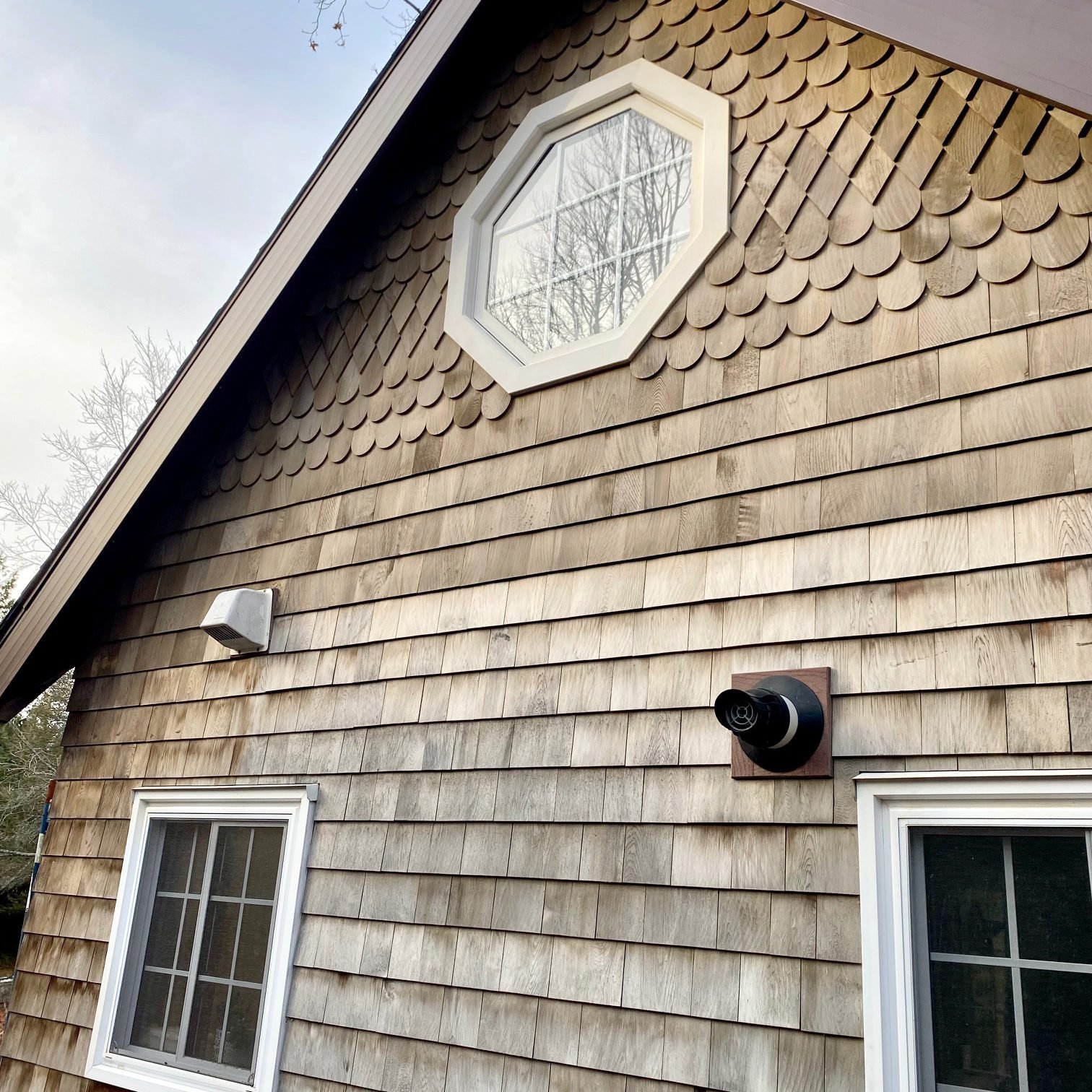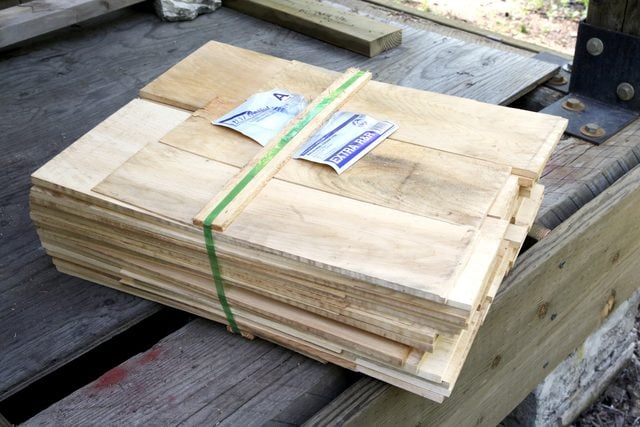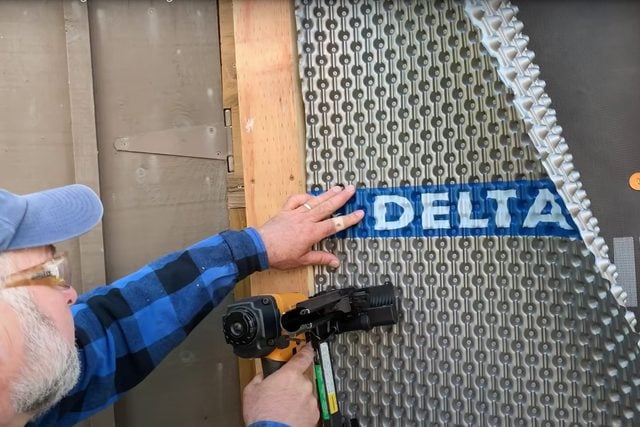 How To Install Cedar Shingle Siding" />
How To Install Cedar Shingle Siding" />
Cedar shingle siding is beautiful, durable and probably not as difficult to install as you think. Here's how to install this premium natural siding.
Now Trending

Time

Complexity

Cost
Introduction
When I started building the backwoods cabin that would eventually become my family's fulltime home in the fall of 2009, I knew I wanted it to be high quality and beautiful to look at. That meant investing extra time, effort and money in the best materials I could find. That included cedar shingle siding.
Cedar shingle siding is one of the most attractive options for covering a house, shop, shed or garage. It's also durable and ecologically sound. One reason you don't see many new buildings with cedar shingle siding is the work and time involved. It takes longer to install than modern vinyl options, but it's probably not as time-consuming as you think if you do it right.
Here, you'll learn how to install cedar shingle siding.
Tools Required
- 16-oz. hammer
- 2-foot and 6-inch levels
- 23-gauge pin nailer with 2-inch pins
- Cap stapler
- Caulking gun
- Chalk line
- Chop saw (optional)
- Combination square
- Edge sander (optional)
- hand plane
- Ladder or scaffolding tall enough to reach the peak of your building
- Pencil
- Portable air compressor with air hose
- Scroll saw (optional)
- Table saw
- Tape measure
- Thickness planer
- Utility knife
Materials Required
- 2-inch stainless steel shingle nails
- Caps and staples for cap stapler
- Cedar 2x6 boards slightly longer than your walls are tall (one pair for each corner of your building)
- Construction adhesive
- Custom-bent aluminum flashing for above your windows and doors
- Eastern white cedar shingles
- Roofing nails
- Waterproof building wrap and drainage membrane
Sign Up For Our Newsletter
Complete DIY projects like a pro! Sign up for our newsletter!
Project step-by-step (7)
Calculate, select and order your shingles
- Determine the total area of the walls you need to cover in square feet. Cedar shingles are usually sold by “the square,” a unit equal to 100 square feet of coverage.
- Plan to order 10% to 20% more shingles than you need to allow for waste.
- Find a cedar shingle supplier. Check local sawmills first, then Google. Lots of places mill and sell cedar shingles.
- Buy shingles made from eastern white cedar. It’s harder than western red cedar, weathers to a lighter gray and is more rot-resistant.
- Choose the grade and butt-thickness. Shingles are tapered, and I prefer to spend more for premium shingles with a butt thickness of 7/16-in. than the standard 3/8-inch. Plus, premium shingles are free of knots and rated to last at least 50 years.
- Choose re-butted and re-squared shingles. This ensures the bottom ends of each shingle are square to the sides, making for a more precise finished job.

Robert Maxwell for Family Handyman
Apply waterproof underlay and flashing
- Cover your wall sheathing with at least one layer of durable, waterproof underlay.
- Choose a product that lets water vapor pass freely. This means that trapped moisture can escape, while keeping liquid out. I recommend a vapor-permeable roof membrane called Delta-Vent SA.
- Install a dimpled plastic drainage membrane on top of the first layer of underlay. This allows easy vertical escape if any water gets behind the shingles. I recommend this product from Delta.
- Install both layers of building wrap, using a cap stapler with staples and plastic caps.
- Install custom-bent flashing above all windows and doors with roofing nails in the upper corners of the flashing. Contact a local building supply store or sheet metal business to make the flashing to the specifications of your windows and doors. Looking for an easy roofing solution? Solve this problem by stapling shingles.

Robert Maxwell for Family Handyman

 How To Install Cedar Shingle Siding" />
How To Install Cedar Shingle Siding" /> How To Install Cedar Shingle Siding" />
How To Install Cedar Shingle Siding" />![]()
![]()
![]()

